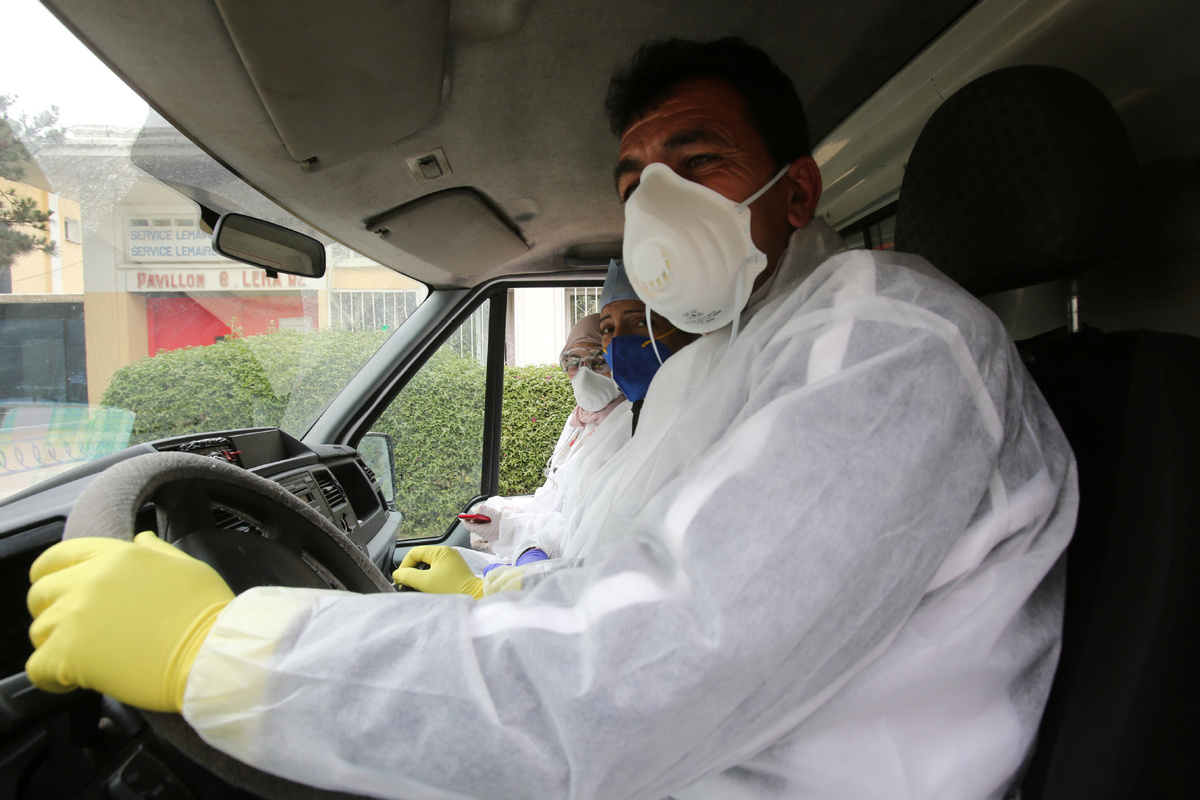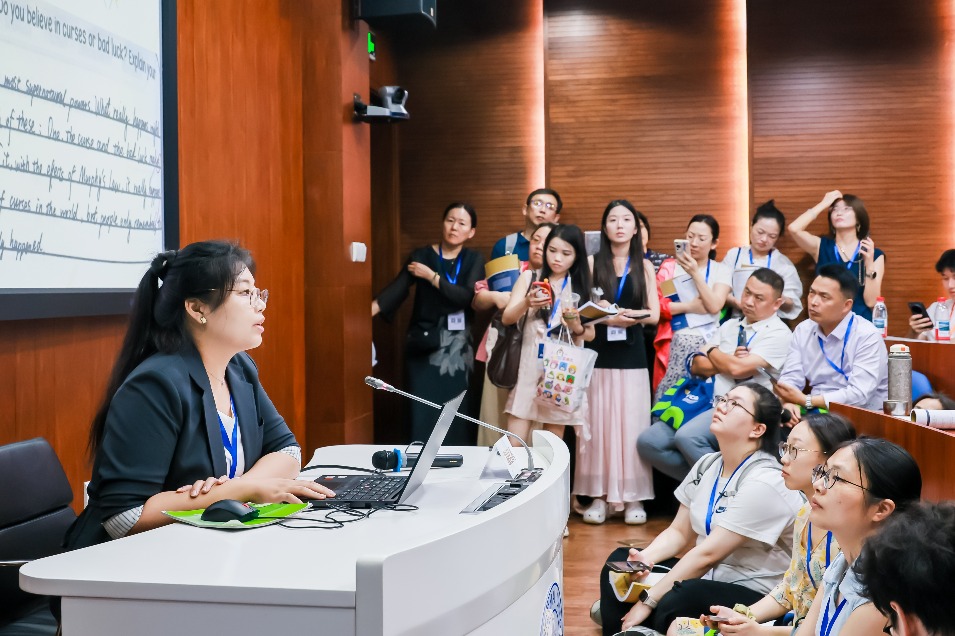Campaign encourages Middle Eastern and North African people to wear masks


With the recent spike of coronavirus cases in the Middle East and North Africa, the United Nations Children's Fund has launched a campaign aimed at encouraging people across the region to wear masks, which is key in preventing the spread of the novel coronavirus.
Featuring children and influencers, the campaign also highlights the proper use and safe disposal of masks.
According to UNICEF, to date, over 1.2 million virus cases have been confirmed across the Middle East and North Africa region, with nearly 35,000 deaths.
The campaign is part of the UN agency's efforts to reach millions of people with awareness materials and information.
So far, materials and information on coronavirus have been made available to nearly 200 million people, close to 40 percent of the region's population.
"We are immensely grateful to the influencers who joined us from around the region and gave their voice to encourage people to wear masks and at the same time make it creative and fun,” Juliette Touma, regional chief of communications, and the campaign manager, said in a statement published on the agency's website.
"This is a rolling and interactive campaign that will continue for the coming months. The UN Children's Fund invites more influencers, celebrities and individuals to send out messages on wearing masks: A critical item in our day-to-day life”.
Dr. Anirban Chatterjee, the UNICEF regional health advisor in the Middle East and North Africa, said wearing masks is one of several precautionary health measures that people are strongly advised to take.
He said scientific evidence suggests that face coverings, including medical and fabric masks, can help control the spread of the virus.
"Wearing masks becomes effective when combined with frequent hand washing, the use of hand sanitizers, physical distancing, and environmental cleaning and disinfection,” he said.
The World Health Organization recommends use of face masks in community or public settings where there are coronavirus cases and where physical distancing cannot be maintained, such as stores, public transport, mass gatherings and enclosed places, like schools and places of worship.
The UN agency said fabric face masks should have three layers: inner, outer and a middle layer that can be an insert or another fabric layer.
The inner layer, which comes in direct contact with the face, should be made of hydrophilic material like cotton to easily absorb droplets from exhaled breath.
The outermost layer should be a hydrophobic material, like synthetics, such as a polyester and cotton blend to repel droplets and moisture.
The WHO recommends light colors like white, which can help determine when the mask is soiled or wet.
The inner layer, which acts as a filter, should be a strip of polypropylene fabric, which is a spun bond non-woven fabric material.
The UN agency cautions that fabric masks are not personal protective equipment but are intended for source control, noting that the protective value of fabric masks to the wearer is yet to be scientifically proven.
Fabric masks are thus not recommended for use by healthcare workers, people above 60 years and those with underlying health conditions, with those segments recommended to wear medical masks.
The WHO emphasizes that masks must be worn correctly, cared for and kept clean to ensure they are effective.
The Centers for Disease Control and Prevention recommends against the use of masks with one-way valves or vents.
Such masks allow exhaled air to be expelled out through holes in the material, meaning they can allow exhaled respiratory droplets to reach others and potentially spread coronavirus.






























